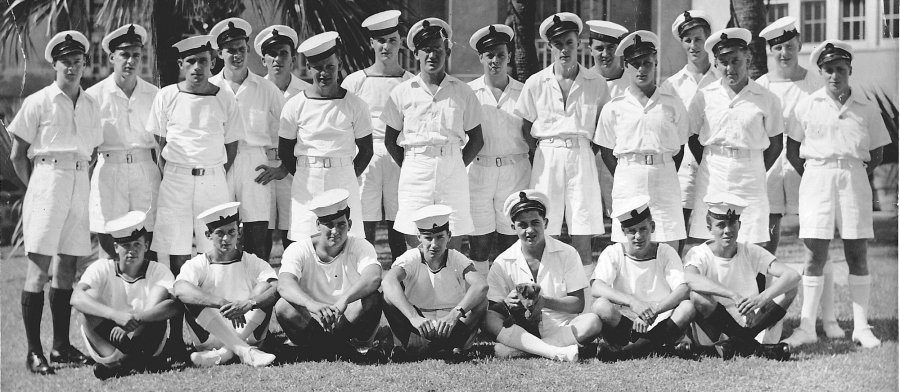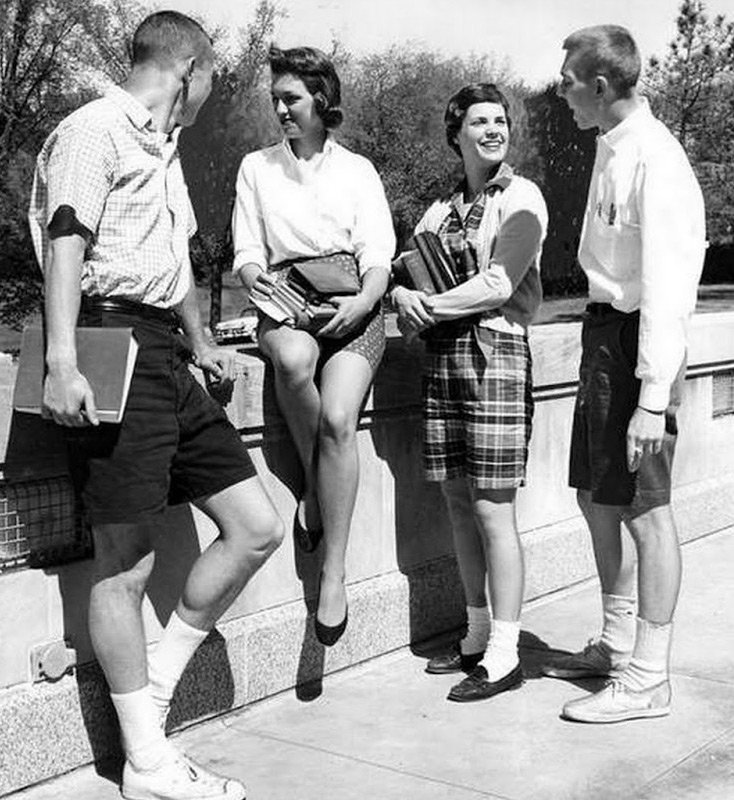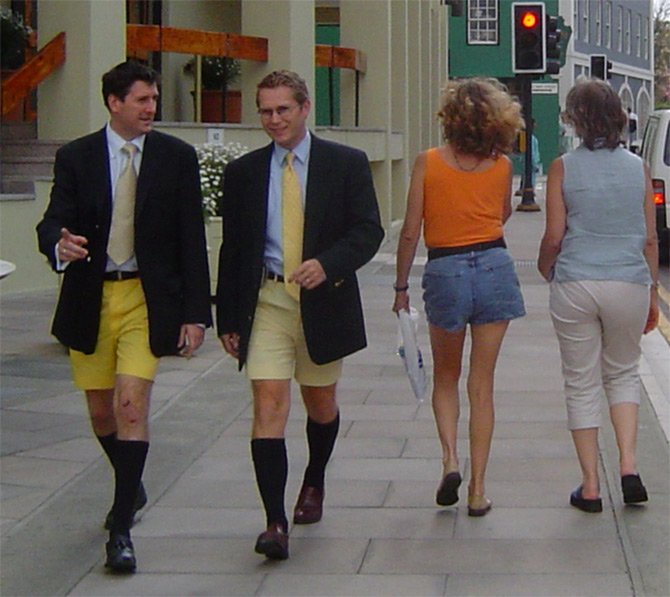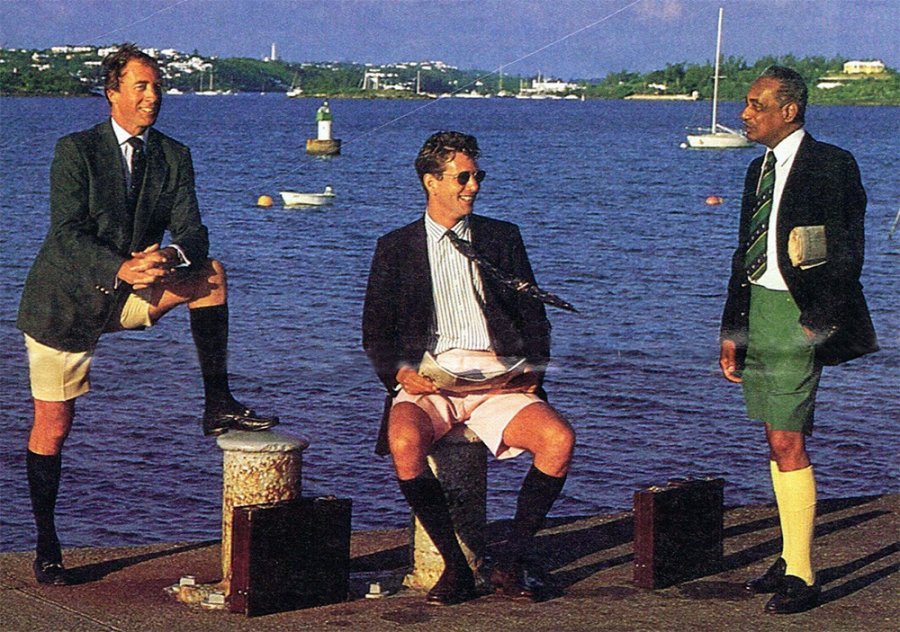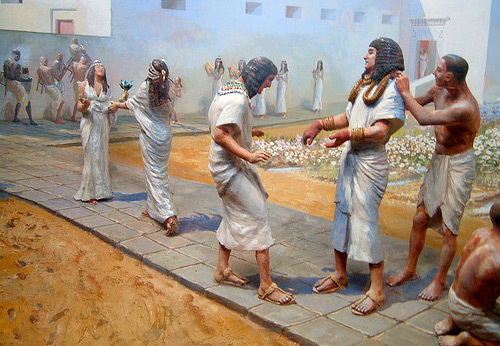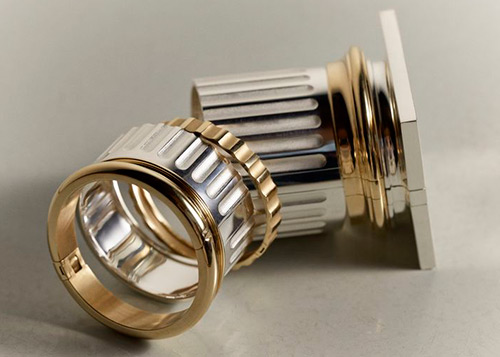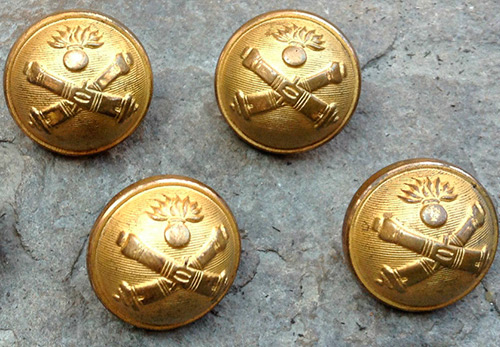Fashion history
History of Bermuda shorts
At the very beginning of the 16th century, Europeans were actively colonizing the New World. It was in those distant times that the navigator Juan Bermudez found himself on an uninhabited and previously unknown island 900 kilometers off the coast of America. Ten years earlier, Columbus said that more should be expected from the West Indies than a couple of unnecessary plots of land, so Bermudez, by right of the discoverer, named the islands by his name and immediately sailed on, in search of more serious wealth.
The islands were well suited for agriculture, so after a while the British bring African slaves to Bermuda and begin to settle down, build military fortifications. At the same time, it is important to note that the British army differed from the rest of the world in its special conservatism and loyalty to traditions, so the idea of modifying military uniforms for the local climate did not visit British officers for three hundred years.
And then, before the Second World War, when they tried to minimize costs, including saving on fabrics, Bermuda shorts appeared. On a hot morning in 1928, several gallant officers appeared at the formation in pants cut off three centimeters above the knee, but instead of ridicule their colleagues were greeted with envious glances, because given the climate, Bermuda shorts favorably differed in terms of comfort.
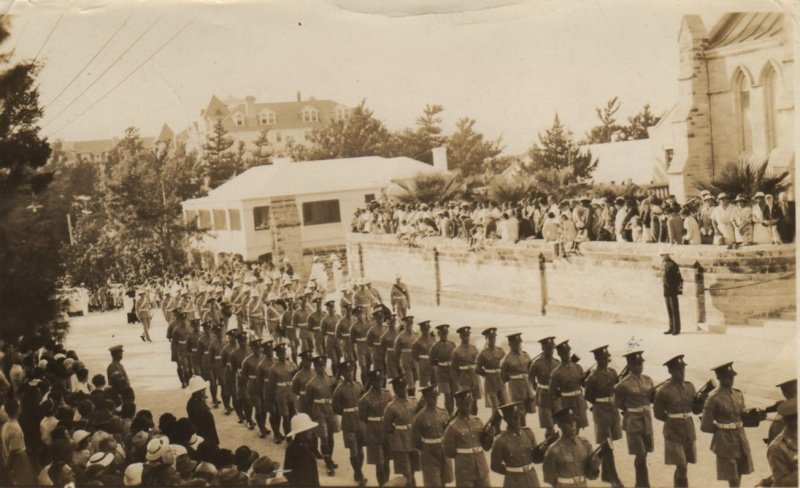
The new uniforms caught the attention of Jack Lightbourne, Vice President of Bank of Bermuda Ltd. Lightbourne was concerned that his employees had nothing to wear to work, and asked the military office to sell him some cropped military pants. This is how Bermuda shorts began their commercial history and infiltrated the islanders' business wardrobes.
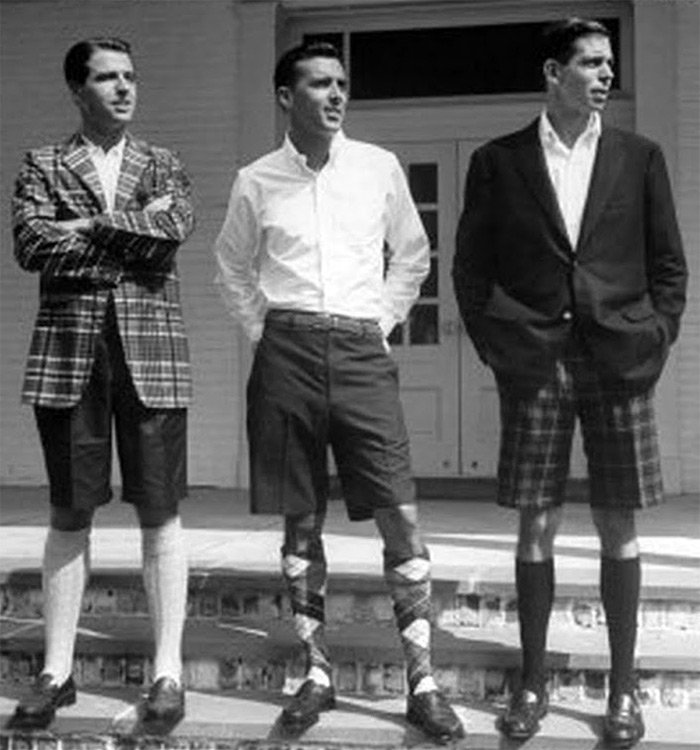
And already in the 50s, local residents began to sell Bermuda shorts to all interested tourists. Thanks to this, together with tourists shorts Bermuda shorts scattered all over the world and appeared where they are comfortable and appropriate, and where inappropriate.
Comments and Reviews
Add a comment
Rating news
Shades of clothing that make women look younger
What shades of hair make women younger: rules and photos
Funny wedding dresses - photos and ideas
12 most expensive down jackets for the winter
How to look 25 at 40: tips from supermodels
Beautiful schoolgirls
Anti-aging haircuts and hairstyles for women
Fashionable skirts for autumn and winter
Fashionable women's trousers for the cold season
Fashionable and stylish sandals for summer 2024
Spring-summer 2024
 Fashionable dresses and tops with thin spaghetti straps
Fashionable dresses and tops with thin spaghetti straps
 Bandana tops: how to wear stylishly and beautifully
Bandana tops: how to wear stylishly and beautifully
 How to put together the perfect men's wardrobe for the summer
How to put together the perfect men's wardrobe for the summer
 Fashionable shorts for spring-summer 2024
Fashionable shorts for spring-summer 2024
 Fashionable skirts for spring-summer 2024: a guide to online shopping
Fashionable skirts for spring-summer 2024: a guide to online shopping
 The most fashionable dresses spring-summer 2024: styles and colors
The most fashionable dresses spring-summer 2024: styles and colors
 Fashionable total look 2024: ideas of images and trends
Fashionable total look 2024: ideas of images and trends
